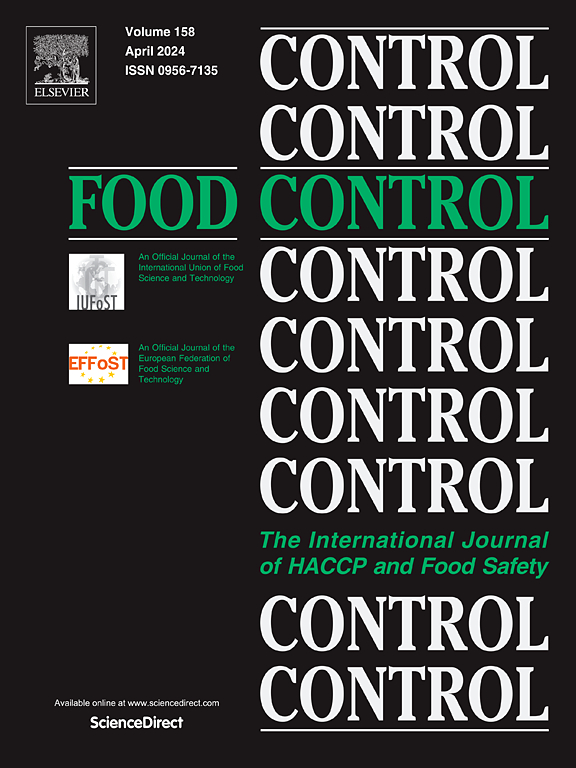A review on natural polymer-based film/coating in postharvest mushroom preservation
IF 5.6
1区 农林科学
Q1 FOOD SCIENCE & TECHNOLOGY
引用次数: 0
Abstract
Mushrooms are a nutrient-rich food with medicinal properties, consumed globally for their health benefits. However, their high moisture content (over 90%) and lack of a protective shield make them highly susceptible to mechanical damage and microbial spoilage, resulting in significant postharvest losses. These challenges underscore the need for effective preservation methods to extend shelf life and minimize spoilage. Traditional approaches such as thermal, chemical, or physical treatments have been widely used. Nowadays, advanced packaging techniques like modified atmospheric packaging and active packaging have shown promise in maintaining mushroom quality for extended periods. However, the reliance on non-biodegradable plastics in these systems poses significant environmental concerns. Biodegradable and edible biopolymers have emerged as sustainable alternatives, offering environmental and functional benefits over conventional fossil fuel-based materials. This review highlights the latest advancements in biobased and edible packaging systems, including films and coatings derived from plants, animals, and microbes, specifically tailored for mushroom preservation. These materials not only enhance shelf life but also align with sustainable development goals. Despite the potential and promise of biopolymer-based mushroom packaging, challenges such as scalability, cost, and performance consistency must be addressed. This review also provides a foundation for future research aimed at developing efficient and eco-friendly postharvest preservation methods for mushrooms.

求助全文
约1分钟内获得全文
求助全文
来源期刊

Food Control
工程技术-食品科技
CiteScore
12.20
自引率
6.70%
发文量
758
审稿时长
33 days
期刊介绍:
Food Control is an international journal that provides essential information for those involved in food safety and process control.
Food Control covers the below areas that relate to food process control or to food safety of human foods:
• Microbial food safety and antimicrobial systems
• Mycotoxins
• Hazard analysis, HACCP and food safety objectives
• Risk assessment, including microbial and chemical hazards
• Quality assurance
• Good manufacturing practices
• Food process systems design and control
• Food Packaging technology and materials in contact with foods
• Rapid methods of analysis and detection, including sensor technology
• Codes of practice, legislation and international harmonization
• Consumer issues
• Education, training and research needs.
The scope of Food Control is comprehensive and includes original research papers, authoritative reviews, short communications, comment articles that report on new developments in food control, and position papers.
 求助内容:
求助内容: 应助结果提醒方式:
应助结果提醒方式:


